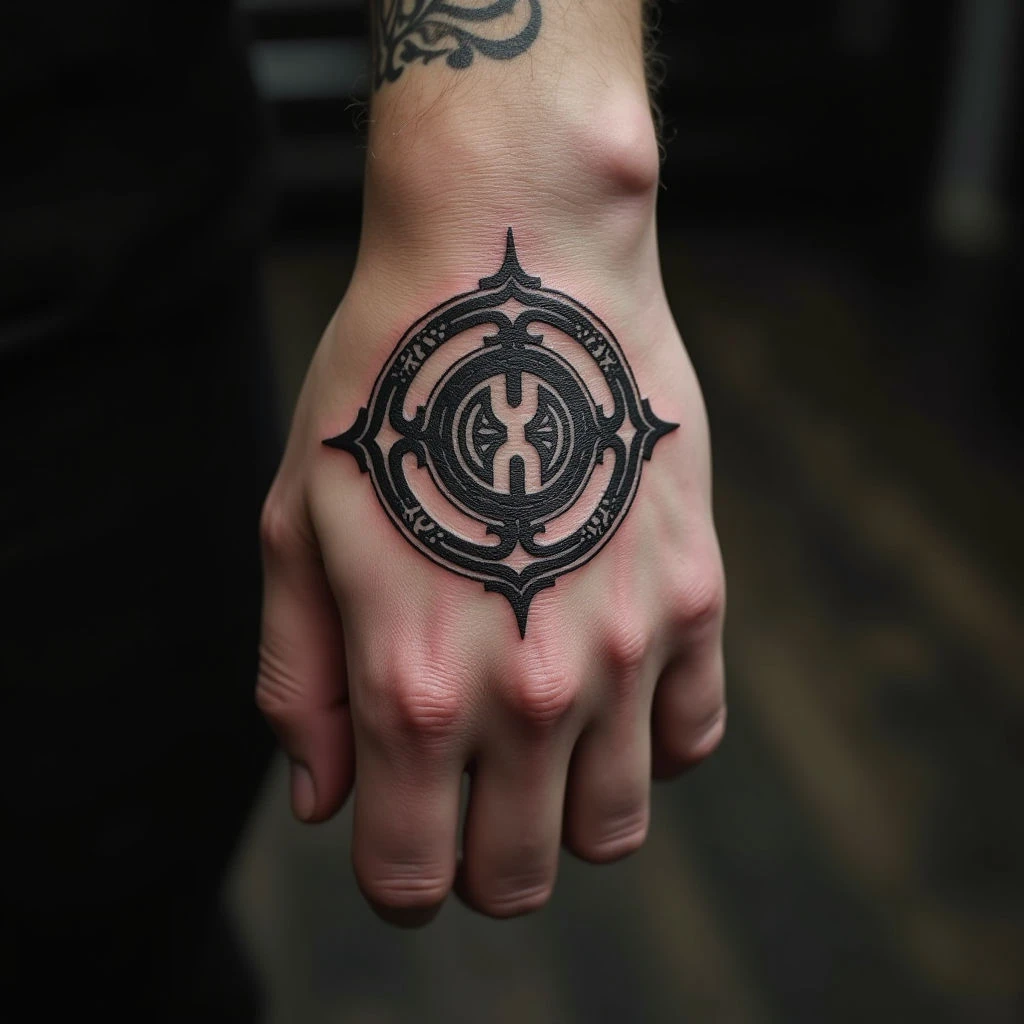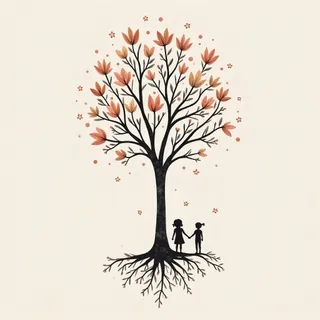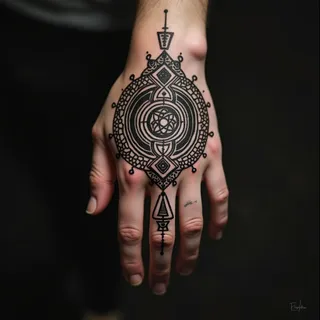Unlocking the Power of Norse Rune Tattoos: A Comprehensive Guide
Norse runes, an ancient alphabet used by Germanic peoples for writing and divination, have captivated imaginations for centuries. Today, they're increasingly popular as tattoo designs, symbolizing strength, wisdom, protection, and connection to ancestral heritage. But what do these symbols *mean*, and how can you choose the right one?
Understanding Norse Runes (Futhark)
The most common runic alphabet is the Elder Futhark, comprising 24 runes. Each rune holds a unique name, pronunciation, and associated meaning ÔÇô often linked to mythology, nature, or abstract concepts. For example:
- Fehu: Represents wealth, prosperity, and abundance.
- Uruz: Symbolizes strength, wildness, untamed potential.
Design Inspiration & Styles
Norse rune tattoos can be adapted to various styles:
- Traditional/Old School: Bold outlines, limited color palette (often black and grey), classic runic fonts.
- Minimalist: Simple, clean lines ÔÇô just the rune itself, often placed discreetly on the body.
- Neo-Traditional: More intricate details, nuanced shading, incorporating Norse imagery like Valkyries or Yggdrasil.
Placement Ideas
Rune tattoos are versatile! Popular placements include:
- Forearm: Visible and symbolic ÔÇô often chosen for runes related to strength or protection.
- Shoulder/Upper Arm: For larger designs or incorporating multiple runes.
- Back: Allows for intricate, expansive rune compositions.
- Wrist: A subtle reminder of personal values or intentions.
Important Considerations
* Research the meaning thoroughly. Each rune carries a significant history and symbolism. Choose one that resonates with your personal journey.
* Consult with an experienced tattoo artist. They can help you choose the right font, placement, and style to achieve your desired look.


